Words & Music by Dan Wilson at the Fitzgerald tonight was magical. So good! 🎶
Rachel Ries did a very nice opening set. 🎶

Trying out the Siri face in watchOS 4. Curious to see how it adapts and responds.
Updated iPhone and iPad to iOS 11. Now the slow, slow process of watchOS 4 upgrade.
Good morning! Espresso crema… ☕️

Have a bit of a nameserver fiasco with thingelstad.com. Just fixed things up but think it may take 24 hours to heal. 😬
Minnesota Honeycrisp Apples are in at the orchards! 🍎🍎
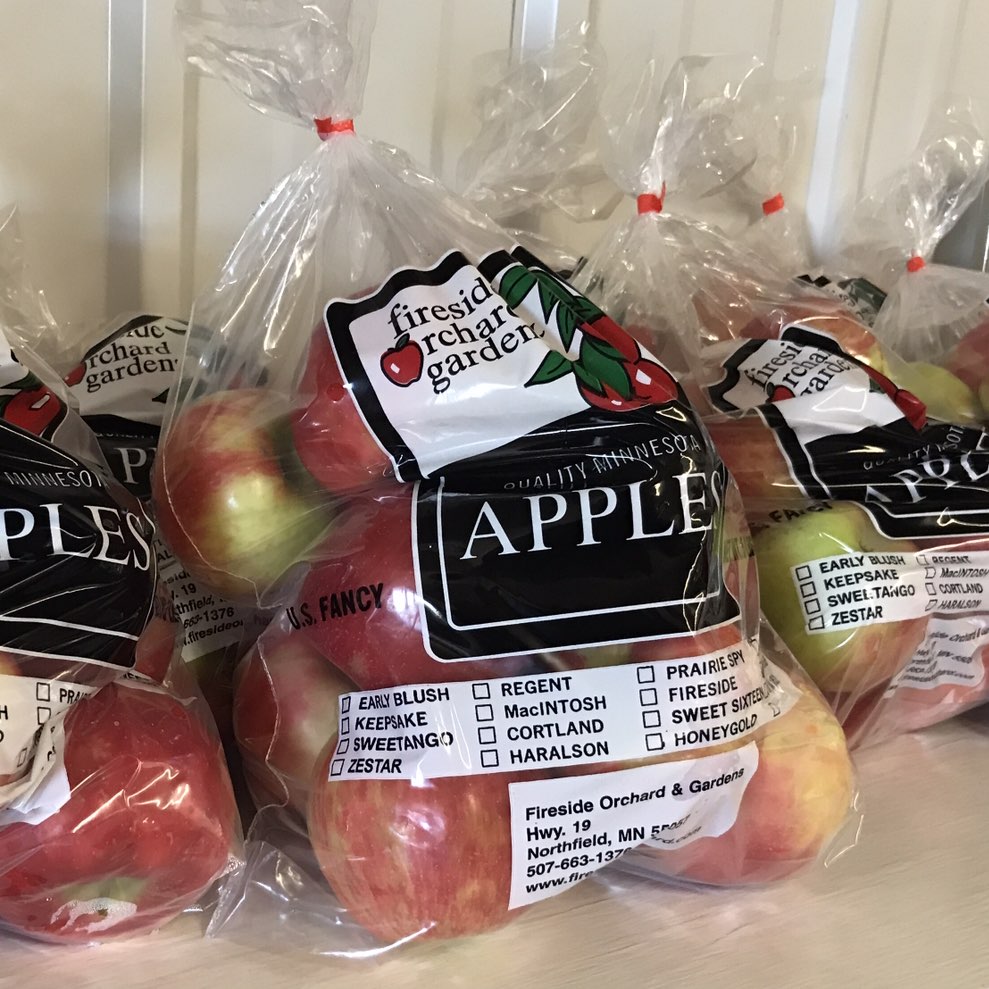
Learning how to play cribbage so I don’t lose my Minnesota cabin license. 😊
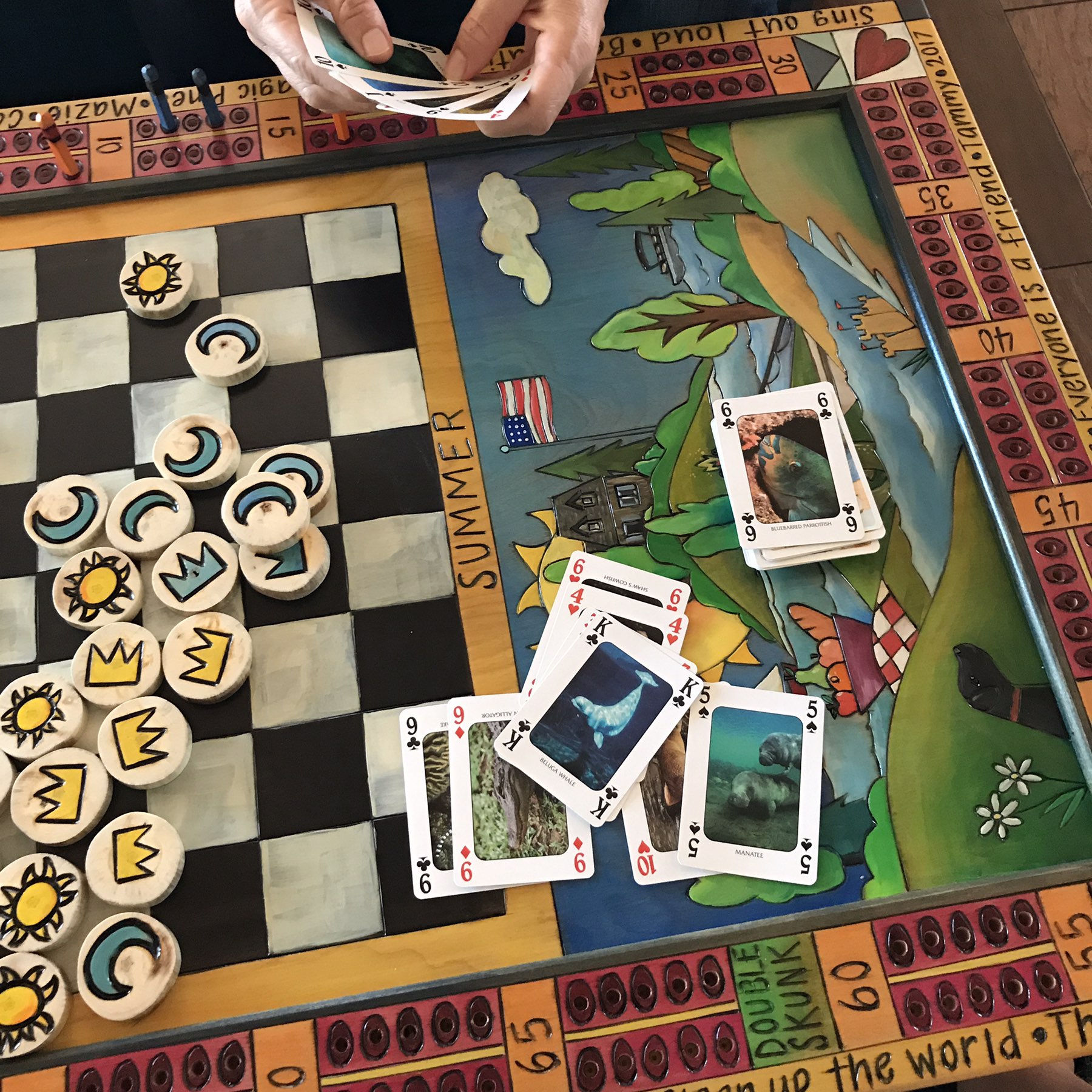
Mazie beat me at checkers with a passive aggressive strategy making it impossible for me to move. 😂
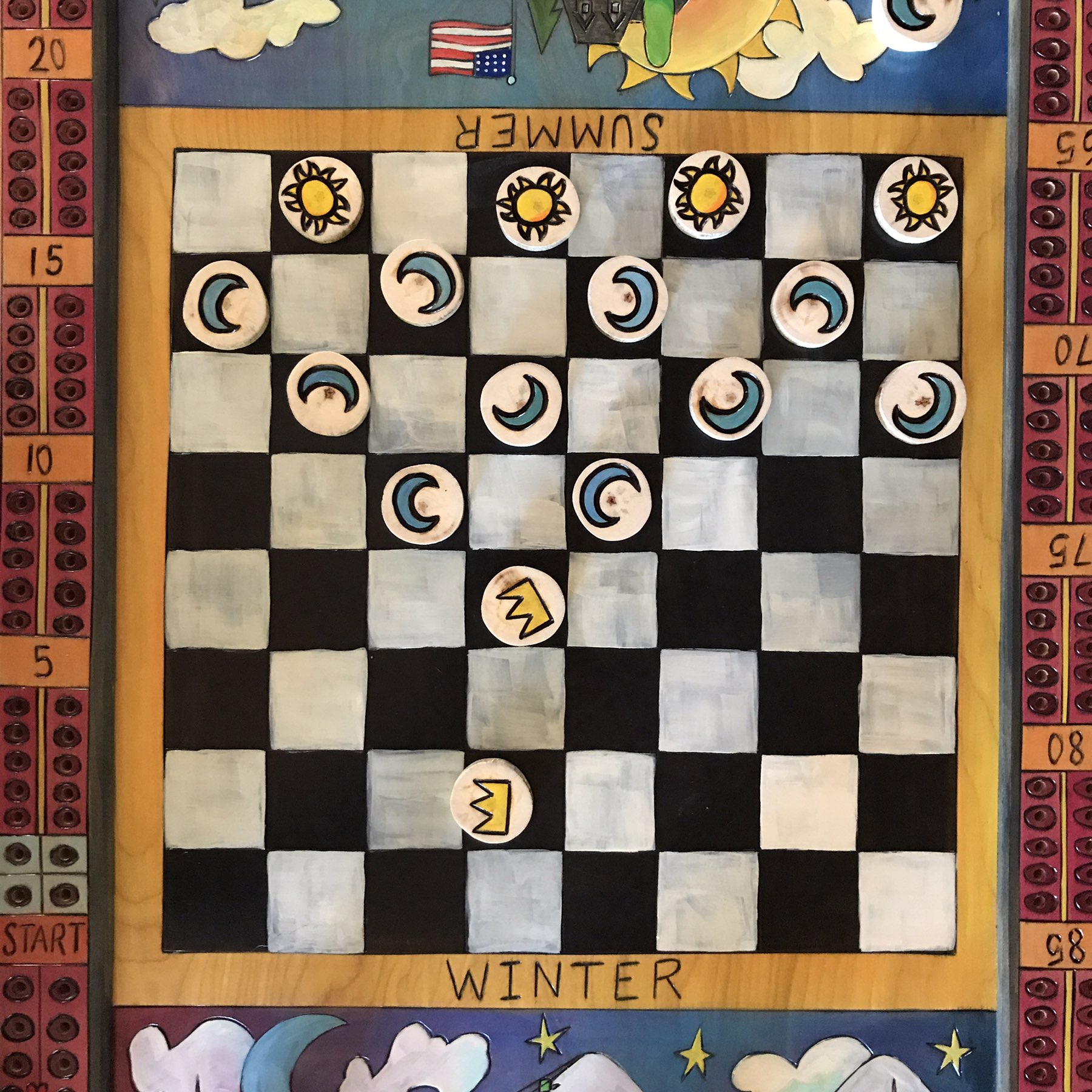
Just switched my name servers for thingelstad.com to Netlify. Triple checked DNS values but if you see something not working let me know.
It’s amazing how fast name server changes are propagated today. Floors me to think about the days and days it took in late ’90s.
Campfire! 🔥

Beef tenderloin on Big Green Egg tonight.

Clouds and Water.


Sailboat on Cannon Lake. Not a typical sight.

Fall sailing. ⛵️

Moved two small static sites to Netlify and am very impressed. Powerful and easy. Plus opens Hugo as an option.
Micro.blog now with titles for long updates
I got the new micro.blog iOS app and I really dig how Manton Reece has implemented subject lines and longer posts in a microblogging platform. The title bar appearing after the body gets to a certain length is a very elegant solution. I still like the idea of having a main blog separate from the fragments on my microblog, but it’s great seeing this evolve in interesting ways.
Got my friend Mike Rock setup on a solid Eero network tonight, plus some network debugging.
Stainless Steel Series 3 Apple Watch with cellular ordered! Will use stainless steel band from Series 1.
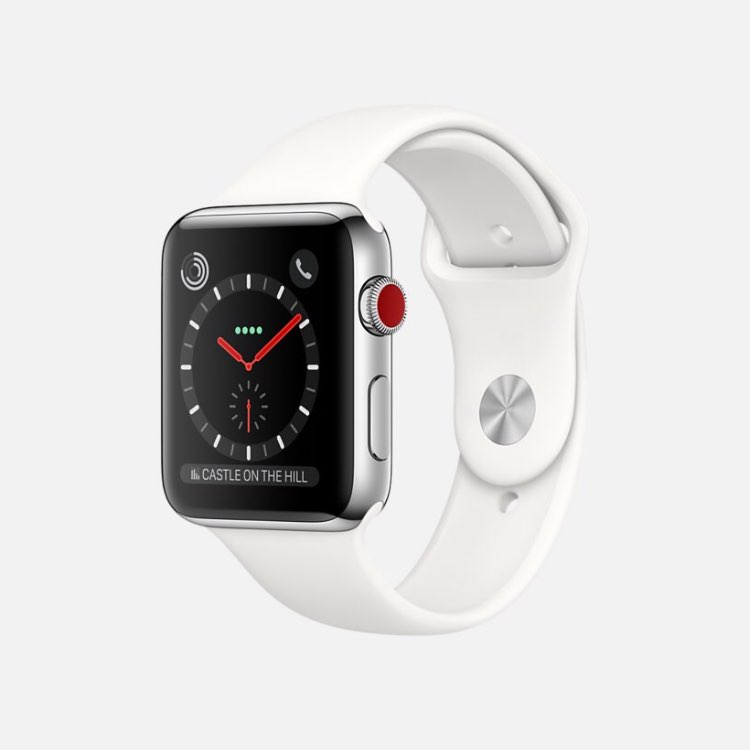
Rode bike to work for the first time in years and years. Great route and great ride on Defiant One!
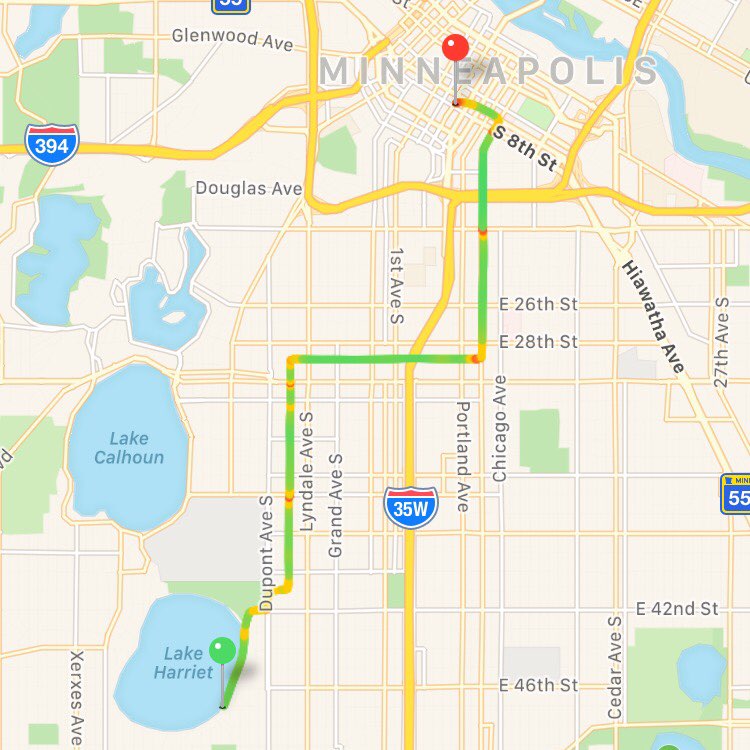
Just upgraded my Sublime Text license to 3.0!
Out for a ride on Defiant One again. No trailer and not using assist today. Great ride! 🚲
